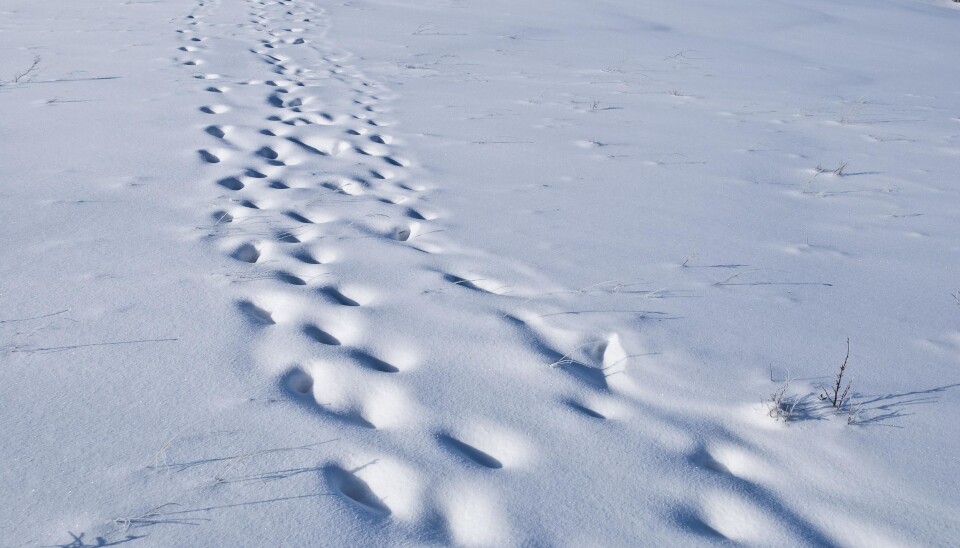An article from forskning.se

Ice makes snow white, blue, and creaky
It falls every year, but did you know that snow is ice? Ice expert Christer Jonasson from Sweden, explains the properties of the white flakes.
What is snow?
"Snow is ice with air mixed in. The ice crystals are extremely small, and a great many of them are needed to create a single snowflake. The surface of each ice crystal contributes to the whiteness of snow. If these ice crystals were much larger, snow would be more transparent, like a bunch of pieces of ice," says Jonasson who works at the northerly research station in Abisko, Sweden.
So snow and ice are just plain water with a little air?
"No, just like rain, snow contains pollutants of various kinds. In ice the crystals are so densely packed that they don’t let anything get between them. Pollutants are therefore pressed out of ice, which often makes it cleaner than plain water."
This property is something we all recognize if we’ve tried to make popsicles at home or tried to colour ice in some way; the colour won’t take, and rapidly disappears. By increasing the speed of freezing, of course, you can make it easier to colour ice, but sooner or later everything that isn’t water will be pressed out. A clear example is glaciers, which have been around a long time but remain clear and pure.
Why does snow sometimes look blue?
"When snow appears to be blue, it’s very pure. The phenomenon is called blue coloration in photography. Light has different wavelengths that we perceive as colours, and blue light is the light that goes through ice most readily. The same phenomenon makes the sea and the sky blue," says Jonasson.
Do all snowflakes look alike?
"Everything around us looks different if we look at it long enough, and this goes for snowflakes as well. However, their appearance can be divided into a number of main groups, such as needles, stars, and plates. The conditions in the clouds where they are formed, like temperature and humidity, determine the appearance of snowflakes. The star shape, which is usually associated with snow, can only be formed when the air is calm. When there’s turbulence, the flakes rub against each other."
Why does snow creak?
"There are two reasons why it creaks. One has to do with friction; if you have two sufficiently dry surfaces and rub them together, they’ll creak. The other thing that happens is that crystals break. Moisture in the air lubricates the crystals, which dampens the sound. In dry air the creaking is heard clearly."
Why is it hard to make snowballs sometimes?
"You need water to make snowballs. If the snow is too dry, there’s too little of the so-called capillary force that water exerts to hold the flakes together. We also use muscle power to make snowballs. The harder you squeeze, the drier the snow you can make snowballs from. In theory a super-strong person could squeeze a snowball with the driest possible snow," says Jonasson.
----------------------------




